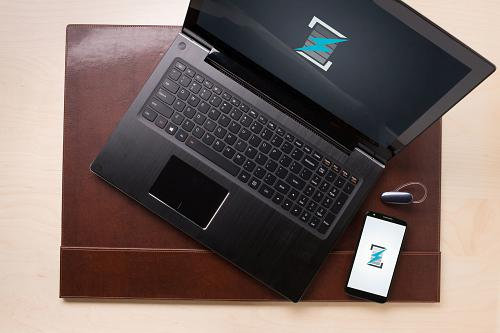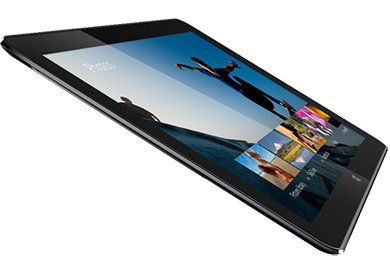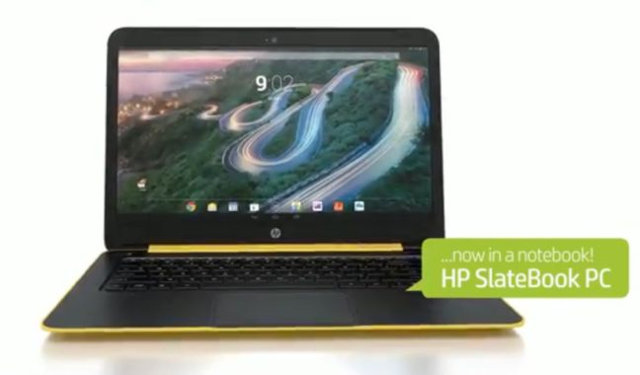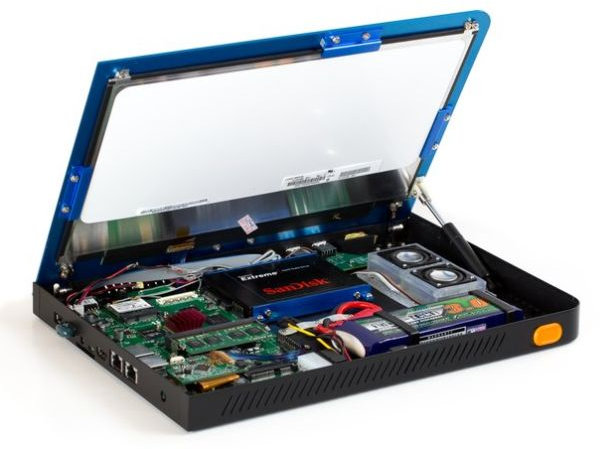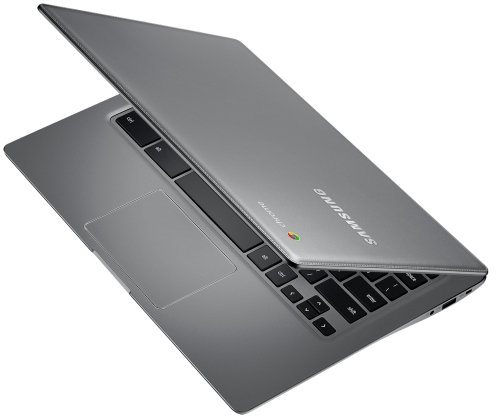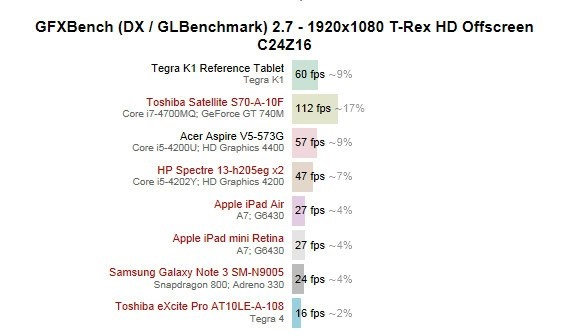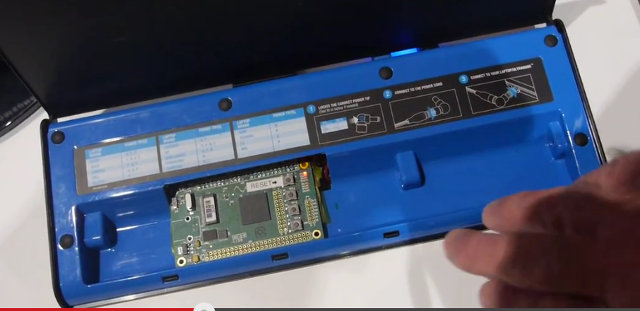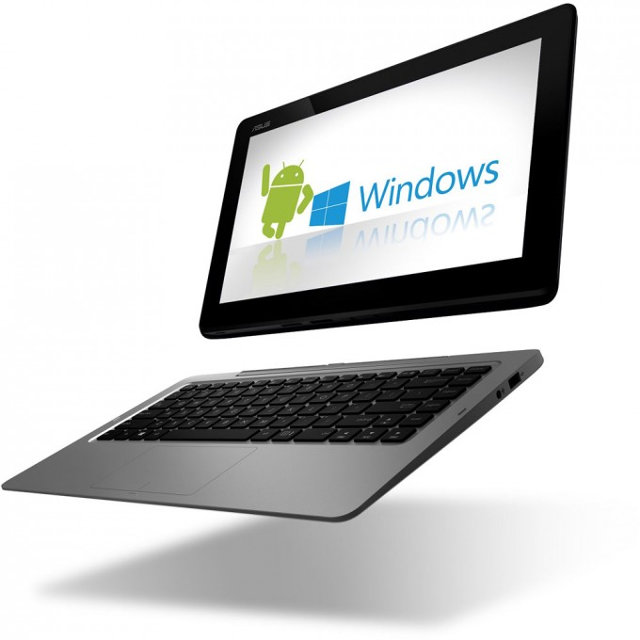At the end of last year I wrote about Rezence, one of the existing wireless charging standards using magnetic resonance, which does not require end-users to perfectly align their mobile devices to charge them properly. At the time, specifications to charge feature phones and smartphone were already available, but the Alliance for Wireless Power (A4WP) was also working on defining the requirements to charge laptops wirelessly. Work is now mostly complete, and A4WP has announced specifications supporting 50W wireless charging capable of charging your laptop, smartphones, and tablets simultaneously by simply placing the device on or close to a charging surface, without having to performance any specific alignment. The organization expects publication and upgrade to the existing Baseline System Specification and certification program by the end of 2014, and they’ve also announced over 100 companies have already joined A4WP including silicon vendors such as Broadcom, Mediatek Intel and Qualcomm, as well as devices manufacturers such as Dell, Fujitsu, Foxconn, Lenovo, Logitech and […]
Intel Showcases Tablet / 2-in-1 Reference Design based on 14nm “Broadwell” Core M SoC
Intel has unveiled a thin tablet reference design at Computex 2014, in Taiwan, which is based on their upcoming “Broadwell” Core M processor manufactured using 14nm process technology, which will be the most power efficient Intel Core processor to date. Intel fanless mobile PC reference design features a 7.2mm thick, 12.5″ tablet that weights 670 grams. You can also connect it to a media dock providing additional cooling allowing more performance, as well as a keyboard dock. Intel expects 2-in-1 products (tablet + laptop) based on Intel Core M to be available later this year. Intel claims 60% lower power dissipation, 20 to 40% better performance, and 10 to 45% low SoC power, and half the package footprint compared to third generation “Haswell” Core processors, which will allow fanless and thin designs. Currently Mobile Haswell Core processors have a maximum TDP of 11.5W to 47W, so in theory, at best, Broadwell SoCs might achieve […]
HP SlateBook 14 Android Laptop Features a 14″ Display, a Quad Core Tegra SoC
Most Android laptops on the market come with tiny 7″ to 11.6″ screens, and those with larger displays (e.g. 13.3″) are often crippled with a subpar processor. Hewlett Packard is about to change that thanks to the SlateBook 14, an Android laptop with a 14″ touchscreen display, and a quad core Tegra SoC which could either be Tegra 4 or Tegra K1. The product has not been launched officially, but NetbookItalia found about it via a promo video (embedded below), and we don’t know the full specs just yet: SoC- Nvidia Tegra quad core Cortex A15 (Tegra 4 or Tegra K1) System Memory – 2GB RAM Storage – 16GB flash + micro SD card slot Display – 14″ touchscreen display, 1080p resolution Video Output – HDMI Audio – 3.5mm audio jack, beat audio stereo speakers Connectivity – 802.11 b/n/g Wi-Fi and Bluetooth USB – 3x USB host ports HP laptop will […]
Novena Open Source Hardware ARM Laptop Gets Crowdfunded for $1995
In 2012, Andrew Huang (“Bunnie”) decided to build an open source hardware and software laptop codenamed Novena powered by Freescale i.MX6 as a side project. The goal of the project was to be fully open source, both in terms of hardware and software, and the components have been selected so that the datasheets can be downloaded without NDA. Design has now been completed, and a crowdfunding campaign has now been launched on Crowd Supply, but since finding low cost part was not priority, you’ll have to fork $1,995 to get the complete laptop, $1,195 will get you the desktop version, and $500 the motherboard only. There’s also a version of the laptop called “Heirloom Laptop” with a hand-crafted wood and aluminum case that goes for $5,000. Let’s go through the board specs first: SoC – Freescale iMX6 Quad-core Cortex A9 CPU with NEON FPU @ 1.2 GHz. – NDA-free datasheet […]
Samsung Chromebook 2 Features Exynos 5 Octa SoC, Comes with either 11.6″ or 13.3″ Display
Samsung has just launched the Chromebook 2 Series with two models based on on Exynos 5 Octa SoC, available in 11.6″ (1366×768) and 13.3″ (1920×1080) configurations, and featuring 4GB RAM, 16GB eMMC, and a longer battery life thanks partially to big.LITTLE processing technology. Samsung expects the new Chromebooks to be used for work, education, and entertainment. Thanks to strong hardware specifications, these new ARM based Chromebooks will certainly offer performance similar to, or even outperforming, existing many Intel Celeron based Chromebooks, and at the same time offer a longer battery life. It’s a nice upgrade to the Exynos 5250 powered Chromebook launched in 2012, especially the addition of a model with a 13.3″ display with FHD resolution. The 13.3″ model has an Exynos 5 Octa processor clocked at 2.1GHz which should be the latest Exynos 5422, whereas the 11.6″ model might use Exynos 5420 instead (TBC). The company also mention […]
Tegra K1 based Devices Could be Just as Fast as Mid Range Intel Core i5 Laptops
Some benchmark results comparing Nvidia Tegra K1 reference tablet to Intel based laptops show the latest ARM SoC matches and even outperforms many Intel devices, at least when it comes to 3D performance thanks to the 192-core Kepler GPU found in Tegra K1. In T-Rex HD Offscreen test in GFXBench 2.7.5, Tegra K1 is hown to be about 4 times faster than Tegra 4, over twice as fast as Qualcomm Snapdragon 800, and interestingly it outperforms some Intel laptop such as Acer Aspire V5-573G powered by an Intel Core i5 4200U processor with HD Graphics 4200 GPU. It’s still twice as slow as a machine with an Intel Core i7-4000MQ and Geforce GT 740M. CPU performance will probably be equivalent to some Intel Core i3 machine however, at least for the quad core ARM Cortex 15 version, but that still probably means it’s very likely we’ll find computers and laptops […]
100W USB Power Delivery Solutions Coming Later This Year
Beside 5Gbps, USB 3.0 specifications promised the capability to deliver 100 Watt (20V, 5A) of power to charge laptops, monitors, and other relatively power hungry devices directly via USB. The USB IF is currently showcasing a prototype based on DisplayLink docking station capable of both charging a laptop and connecting to a display via the same USB “power delivery” cable, and is expecting retail products to become available by the end of the year. 100 Watt are only achievable for a full USB port, although micro USB power delivery is also possible but at lower power. The dock combines ROHM BD-92101 USB power delivery chipset with USB Graphics and docking chipset solutions from DisplayLink according to that press release. The main advantage of this system is that you don’t need to carry your power adapter without, you’ll just need to bring your laptop, and plug it into a compatible USB […]
Asus Transformer Book Duet Hybrid Laptop / Tablet Runs Android and Windows Simultaneously
During CES 2014 pre-opening keynote, Intel showcased a laptop capable of instantaneously switch between Windows and Android by the press of a button, and separately, AMD also announced dual OS support with Android and Windows 8 running simultaneously on a computer thanks to a version of Bluestacks optimized for AMD APUs. So we can expect several hybrid laptop + tablet computers, let’s call it a “lapblet”, running Windows 8 and Android this year, and one of them is Asus Transformer Book Duet. Transformer Book Duet (TD300) Specifications: Processor – Intel Core i7 processor GPU – Intel HD graphics System Memory – 4GB DDR3L 1600 RAM Storage: Tablet – 128GB SSD + Up to 64GB Micro SD card Dock – Up to 1TB HDD Display – 13.3-inch Full HD IPS multi-touch display Connectivity – 802.11ac Wi-Fi, Bluetooth 4.0 + EDR, and 10/100M Ethernet Camera – Front-facing HD camera with a built-in […]


